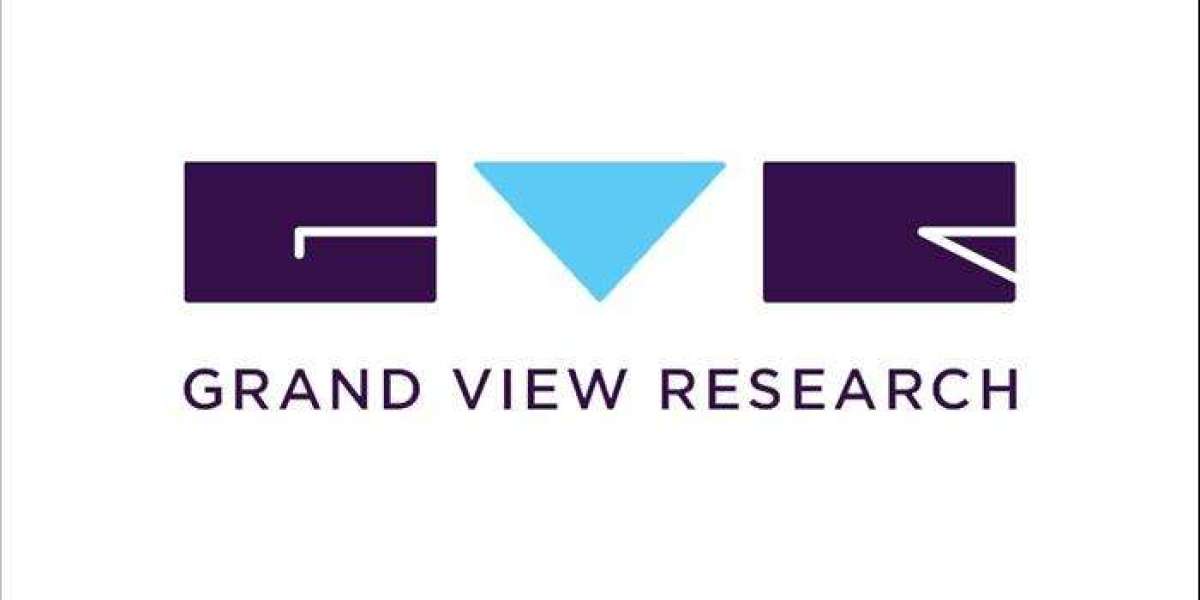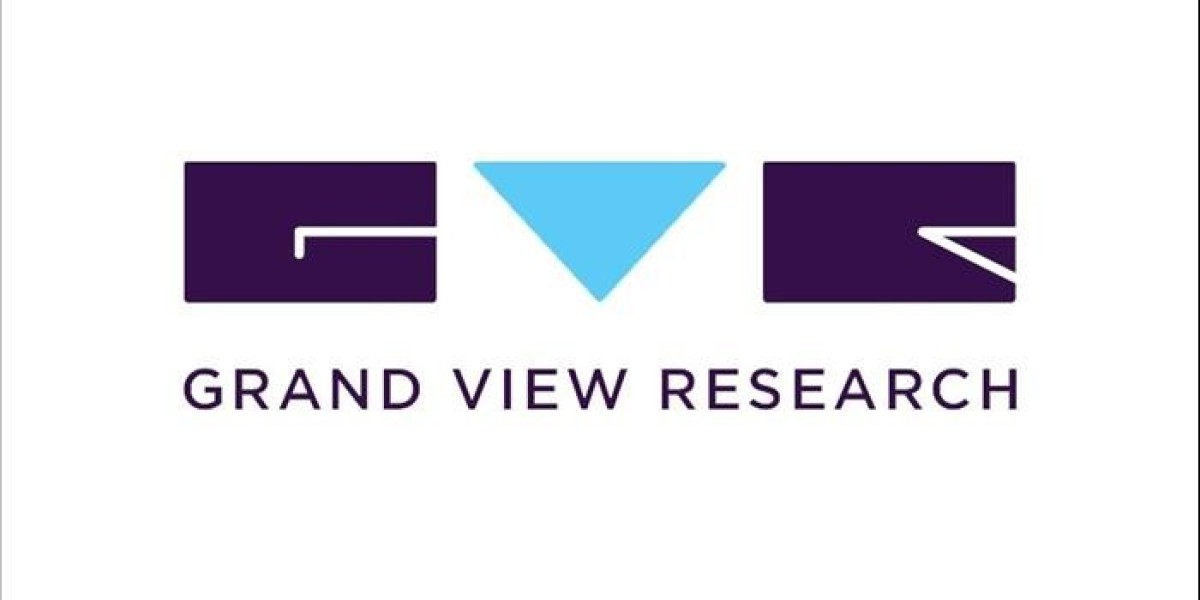There are several advantages of having a bank loan project report when seeking funding for a project. Here are some key benefits:
Increased Credibility: A well-prepared bank loan project report enhances your credibility as a borrower. It demonstrates your professionalism, attention to detail, and commitment to the project. The report showcases your ability to analyze and plan effectively, which increases the lender's confidence in your project's success.
Improved Loan Approval Chances: A comprehensive project report provides lenders with the necessary information to evaluate the feasibility and viability of your project. It helps them assess the potential risks, financial projections, and repayment capacity. A well-structured report that addresses all key aspects of the project significantly increases your chances of loan approval.
Clear Project Understanding: The process of creating a project report requires you to thoroughly analyze and understand various aspects of your project, such as market dynamics, financial projections, and operational requirements. This exercise helps you gain a deeper understanding of your project, its potential challenges, and opportunities. It enables you to make informed decisions and develop effective strategies.
Effective Financial Planning: Developing a project report involves creating detailed financial projections, including revenue forecasts, expense estimates, and cash flow analysis. This helps you assess the financial feasibility of your project, identify potential financial gaps or bottlenecks, and plan for them accordingly. It ensures that you have a realistic and well-structured financial plan in place, which is crucial for successful project implementation.
Risk Identification and Mitigation: The project report allows you to identify and assess potential risks associated with your project. By conducting a thorough risk analysis, you can develop strategies and contingency plans to mitigate those risks effectively. This demonstrates to the lender that you have considered potential challenges and have plans in place to address them, reducing the perceived risk associated with the project.
Communication Tool: The project report serves as a communication tool between you and the lender. It provides a structured and comprehensive overview of your project, allowing the lender to understand the project's objectives, market potential, financial viability, and risk profile. A well-presented report can effectively convey your project's value proposition and increase the lender's confidence in your ability to succeed.
Documentation and Reference: The project report serves as a documented record of your project's analysis, financial projections, and operational plan. It can be used as a reference for future funding opportunities or as a blueprint for refining and improving your project in the future. It helps ensure consistency and provides a solid foundation for future decision-making and planning.
Also Read: Bank Loan Project Report
In summary, a bank loan project report offers several advantages, including increased credibility, improved loan approval chances, enhanced project understanding, effective financial planning, risk identification and mitigation, communication with lenders, and a valuable reference for future endeavors. It is an essential tool for presenting your project in a structured and convincing manner to potential lenders.
Disadvantages of Bank Loan Project Report
While a bank loan project report offers several advantages, there are also some potential disadvantages associated with it. These disadvantages include:
Time and Effort: Creating a comprehensive and well-structured project report requires significant time and effort. You need to gather relevant data, conduct market research, analyze financial projections, and document all the necessary information. This can be time-consuming, especially if you have other responsibilities related to the project.
Cost: Depending on the complexity of the project and the level of detail required, there may be associated costs in preparing a bank loan project report. These costs can include fees for market research, financial analysis, professional consulting services, or software/tools to aid in report creation. It's important to consider these costs in your project budget.
Complexity and Expertise: Developing a project report involves complex tasks such as market analysis, financial projections, risk assessment, and strategic planning. It requires a certain level of expertise and knowledge in these areas. If you lack the necessary skills or experience, you may need to seek assistance from professionals or consultants, which can add to the overall project costs.
Uncertain Approval: Even with a well-prepared project report, there is no guarantee of loan approval. Lenders have their own criteria and evaluation processes, and they may still reject the loan application based on their assessment of the project's risk or viability. The project report is just one aspect considered by lenders in the decision-making process.
Limited Flexibility: Once the project report is submitted to the lender, it becomes a formal document that outlines the project's objectives, financial projections, and other details. If significant changes or adjustments are required during the loan approval process, it may be challenging to modify the project report without going through additional steps or providing updated information to the lender.
Disclosure of Sensitive Information: A bank loan project report requires you to disclose detailed information about your project, including financial projections, business strategies, and market analysis. While this is necessary for the loan application, it may involve sharing sensitive or proprietary information that you may prefer to keep confidential. It is essential to consider the implications of disclosing such information and take appropriate measures to protect it.
Potential Rejection or Delay: If the project report does not meet the lender's requirements or fails to convince them of the project's viability, the loan application may be rejected or delayed. This can slow down the project's progress or require additional efforts to revise and resubmit the project report, potentially leading to project delays or missed opportunities.
It's important to weigh these disadvantages against the benefits when deciding to prepare a bank loan project report. While there are challenges associated with creating the report, it remains an essential tool for presenting your project's details and increasing the likelihood of loan approval.








